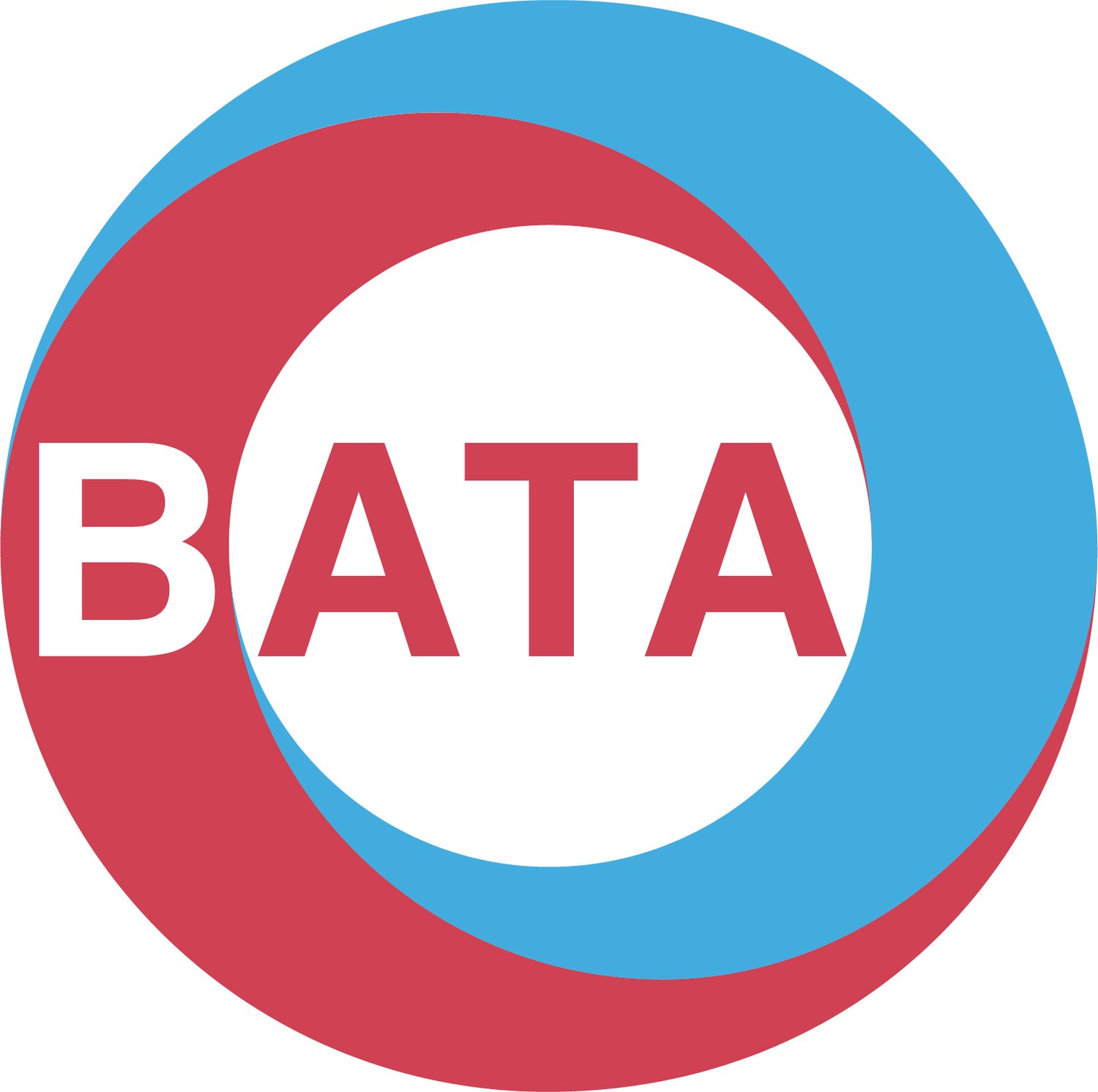How can we leverage the use of virtual environments to engage neurodivergent students?
As virtual and augmented reality advances, virtual environments are becoming increasingly popular among assistive technology creators to support neurodivergent students. This blog explores how they work, and to what extent they support various types of disability.
What is a virtual environment?
A virtual environment takes the physical world and transports it online so that students can immerse themselves in a familiar, safe space, without actually being in it. It allows users to interact within that environment, both as individuals, as well as with other users. In the context of education, the virtual environment could be a school or college reimagined onto a digital device, where a student can then create an online profile to interact and learn.
What are the benefits to virtual environments for neurodivergent students?
The benefits of these bespoke environments to aid learning will be subjective to each student, but many of the following will be noted:
· Less stress and anxiety: without the noise and busyness of a school classroom or building, students can feel calmer and more able to focus.
· More engaged: a teacher can potentially teach the student from within the virtual environment, or direct them to easier learning methods.
· Social inclusion: students can meet peers or teachers within the environment and have virtual conversations, which may be easier than face to face, thus fostering that feeling of inclusion.
. Assisting long-term medical needs: some students may be confined to a bed or in hospital. This type of environment allows them to stay in touch with their peers and continue a level of learning.
· Promoting equal learning: with more of a hybrid and remote approach to education, especially post-pandemic, more students can get access to the same education at home as those in school.
· Future preparation: a virtual environment can encourage and support any changes that may have taken place in the physical world, e.g., a change of school building or classroom, helping students to cope better.
Can these environments benefit all learning disabilities?
It’s important to note that, just as some assistive technology is created specifically to support a certain disability, so too will a virtual environment only help a number of students. For example, in the case of a student with autism who finds it difficult to cope with the noise and distraction of a real-life school environment, a virtual learning environment can help them feel less stressed and find it easier to learn and engage.
In addition, when we have students with learning disabilities that don’t have a peer group to support and engage with, a virtual environment can help eliminate social isolation.
What does the future hold for virtual reality and neurodiversity?
As assistive technology continues to progress, and we look for more ways to become effective and efficient in supporting neurodivergent students, options like virtual reality may become more mainstream. For now, it’s still something in the early stages being explored by just a few technology suppliers, with many people in the industry keen to understand the impact and findings from those who have adopted it.
Some interesting platforms to have a look at include:
· Viewsonic’s Universe
· The Immersive Reality platform
· ClassVR
Have your say.
Are you an educator or someone working within the assistive technology sector and wish to add your experience or viewpoint on AT and neurodivergent students? Join our FREE Teachers for AT community at this link: https://www.bataonline.org/initiatives . We’d love to hear from you.
Words by Jade Hegarty.
With thanks to Myles Pilling, Peter Claxton, and Jonathan Stokes for their input.
